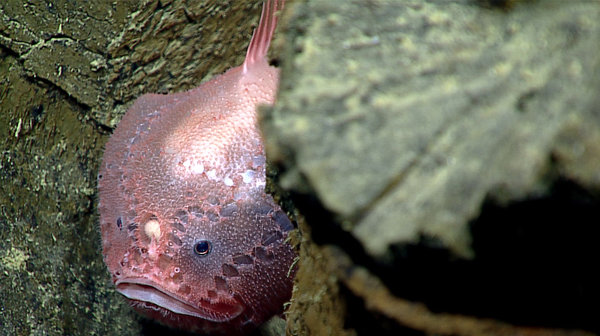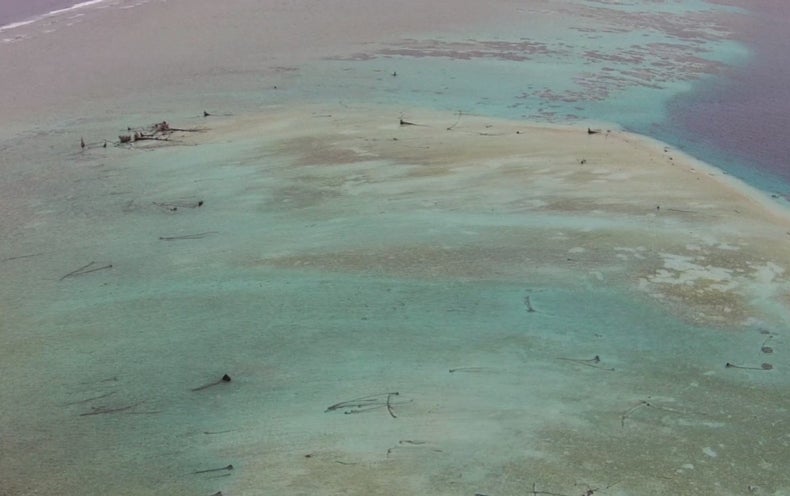That’s right, SWALLOWS. This week, Environmental Research Letters published an article revealing that at least five reef islands in the remote Solomon Islands have been completely lost to sea-level rise and coastal erosion. Other islands are experiencing significant erosion but remain above sea level. The engulfed islands ranged from one to five hectares and were actually home to families. For the past 20 years, the sea surrounding the Solomon Islands has risen at three times the global average- approximately 7-10mm per year. Read more…
 The Okeanos Explorer has spent the last month exploring one of the largest mysteries in the world, the Mariana Trench. The scientists have used the ROV Deep Discoverer to conduct daily dives at depths between 250 to 6,000 meters. During the expedition research will be conducted on the hydrothermal vents, mud volcanoes, seamounts, and sea life at these extreme depths. The United States government expedition is streaming live video from the Mariana Trench until July 10th! Take a look here…
The Okeanos Explorer has spent the last month exploring one of the largest mysteries in the world, the Mariana Trench. The scientists have used the ROV Deep Discoverer to conduct daily dives at depths between 250 to 6,000 meters. During the expedition research will be conducted on the hydrothermal vents, mud volcanoes, seamounts, and sea life at these extreme depths. The United States government expedition is streaming live video from the Mariana Trench until July 10th! Take a look here…

El Nino has been a hot topic this year, no pun intended. The 2015 and 1997 El Ninos were the strongest on record in the month of October. A new study provides insight into how the current El Nino formed in the Pacific Ocean. The team reviews the sea surface and sub-surface temperatures, winds, and volumes of warm water in the Pacific ocean to analyze how the factors are related. Sea surface temperatures and winds are closely coupled but, there is still some unpredictable behavior. According to the study, it is possible that the easterly winds in 2014 actually gave rise to the 2015-2016 El Nino. The winds prevented the transportation of warm Read more…
5. Northern Galapagos Islands Home to World’s Largest Shark Biomass

A study published in Peer just revealed that the northern Galapagos islands of Darwin and Wolf are home to the largest shark biomass reported to date- around 12.4 tons per hectare. You know what my first thought was…let’s go diving to see all of them!
So sure, there are a lot of sharks in that area but, why do we really care? Well, the presence of these top predators indicate a healthy marine ecosystem. Although there is a large shark biomass, the abundance of reef fish in the area has been reduced by over fishing. This area only gained full protection after the Ecuadorian government announced the creation of a marine sanctuary around Darwin and Wolf in March. Read more…





